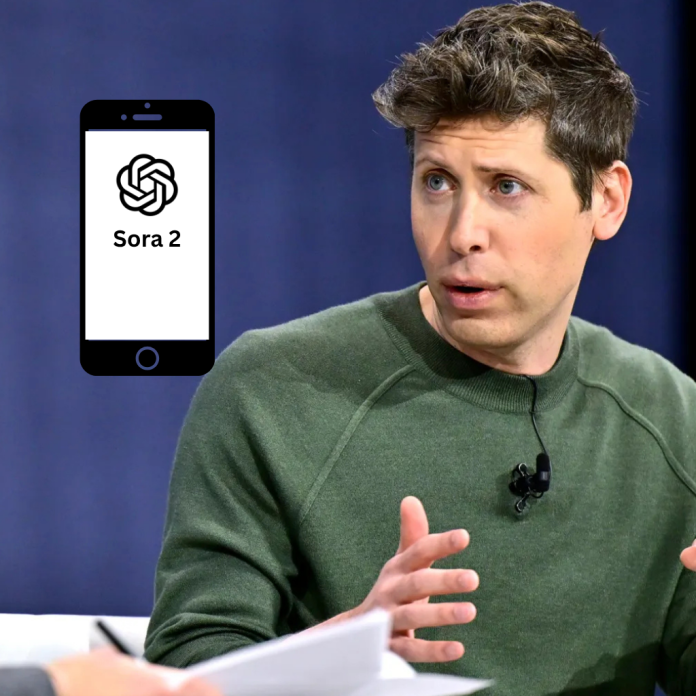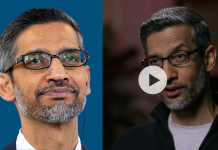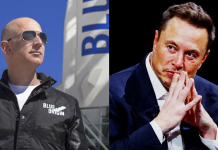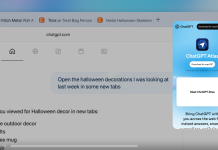When OpenAI announced Sora 2, the upgraded version of its groundbreaking video generation tool, the internet erupted. Within days, the app crossed one million downloads and quickly climbed to the top of Apple’s App Store charts. Creators, brands, and studios rushed to explore what many are calling the future of video editing and storytelling.
But beyond the buzz and downloads, a key question remains: Is OpenAI’s Sora truly the best AI video editor of 2025, or is it simply the most hyped? Let’s take a deep dive into what makes Sora unique, its strengths, its limitations, and how it compares to rivals like Google Veo and Runway.
What Exactly Is Sora?
Sora is OpenAI’s next-generation text-to-video model designed to create realistic, high-quality videos directly from written prompts. The latest update, Sora 2, adds several major advancements over its predecessor.
Key Upgrades in Sora 2:
-
Synchronized Audio: The model now generates realistic sound effects and dialogue that align naturally with on-screen actions.
-
Physical Realism: Motion, lighting, and perspective are significantly more accurate, giving videos a cinematic look and feel.
-
Self-Insertion Feature: Users can appear inside generated videos, creating personalized or promotional content.
-
App Interface: The new Sora app introduces a social, feed-based experience where users can share and discover AI-generated clips.
OpenAI describes Sora as “a creative partner for everyone,” emphasizing its potential for content creators, marketers, educators, and filmmakers.
The Rapid Rise of Sora 2
The launch of Sora 2 has been nothing short of explosive. According to The Verge, the app surpassed one million downloads within five days, a milestone that reflects massive user curiosity and excitement. Business Insider also reported that Sora hit #1 on Apple’s App Store shortly after release, outperforming even established social and editing apps.
This unprecedented adoption underscores how quickly AI video tools are becoming mainstream. Unlike traditional editing software, Sora removes technical barriers. Anyone can generate stunning visuals without complex editing timelines.
What Makes Sora Stand Out
1. Unmatched Accessibility
Sora is accessible through an intuitive mobile app, currently available in the U.S. and Canada. Its interface simplifies advanced generation tasks into a few taps, making professional-level creation feel effortless.
2. Powerful Integration of Audio and Video
Sora 2’s ability to blend synchronized sound and visuals is a first among mainstream AI video tools. The system doesn’t just add background music; it generates context-aware dialogue and ambient sound that complement the visuals, creating a more immersive experience.
3. Expanding Industry Use
Sora isn’t limited to entertainment or social media. OpenAI recently announced a partnership with Mattel, allowing toy designers to transform sketches into animated prototypes using Sora. This move highlights real-world use cases across product design, marketing, and education.
4. Strong Vision from Leadership
OpenAI’s CEO, Sam Altman, called the Sora 2 release “a ChatGPT moment for creativity.” He emphasized that the goal is to “expand what people can imagine and express,” positioning Sora as more than a tool. It’s a creative ecosystem. Altman also hinted at future revenue-sharing models that could compensate rights holders and artists whose work influences AI training.
The Other Side: Challenges and Controversies
Copyright and IP Issues
Sora’s rapid success has not been without friction. The Guardian reported that Sora 2 initially allowed users to generate videos featuring popular characters such as SpongeBob or Pokémon, unless rights holders opted out. This triggered backlash from media companies and prompted OpenAI to promise “more granular control” for copyright owners. The company is currently implementing systems to allow creators to manage how their IP appears in generated content.
Content Moderation and Ethical Concerns
Some critics argue that Sora’s open-ended nature could lead to misuse, such as deepfakes or inappropriate content. Business Insider highlighted early gender imbalance among users and noted cases of public figure likenesses being replicated without consent. OpenAI responded by tightening moderation filters and introducing detection systems to flag problematic content.
Quality Limitations
Despite its stunning output, Sora still faces technical hurdles. Studies from arXiv.org note recurring visual artifacts such as edge mismatches, object distortions, or frame inconsistencies. These imperfections show that while AI-generated video has advanced dramatically, it hasn’t yet replaced professional editors for long-form, cinematic productions.
Fake Apps and Scams
As with most viral products, fake “Sora 2” apps have begun appearing on app stores, posing security risks. OpenAI urges users to download only from official links to avoid data theft or malware.
How Sora Compares to Competitors
| Feature | Sora 2 (OpenAI) | Veo (Google DeepMind) | Runway Gen-3 |
|---|---|---|---|
| Text-to-Video Generation | ✅ Yes | ✅ Yes | ✅ Yes |
| Audio Generation | ✅ Full sync speech + effects | ✅ Partial | ❌ Not integrated |
| Mobile App | ✅ iOS U.S./Canada | ❌ Web only | ✅ Web |
| IP Control / Rights | In progress | Limited | Manual licensing |
| Best For | Short creative videos, ads, storytelling | Scientific / cinematic video | Social media & film editing |
| Pricing | Tiered Free, Plus, Pro | Closed beta | Subscription |
While Veo excels in scientific and cinematic precision, and Runway dominates hybrid editing, Sora currently leads in ease of use, sound integration, and social virality. However, its future dominance will depend on how well OpenAI handles copyright compliance and expands access beyond North America.
The Verdict: Is Sora the Best AI Video Editor of 2025?
Yes — with conditions.
Sora 2 stands as the most complete, polished, and accessible AI video generation tool available today. Its mix of realism, synchronized sound, and one-tap usability has redefined what’s possible in content creation. For social media creators, marketers, and educators, Sora offers a level of creative power that was unimaginable just a year ago.
However, “best” doesn’t mean “perfect.” Issues surrounding intellectual property, moderation, and quality consistency remain unresolved. OpenAI’s transparency and responsiveness to these challenges will determine whether Sora maintains its leadership or becomes another short-lived trend.
For now, it’s safe to say that Sora 2 is the front-runner in the race to revolutionize video creation. A glimpse into a future where storytelling, design, and imagination merge seamlessly through AI.
Practical Tips for Creators Using Sora
-
Stick to Original Concepts: Avoid using copyrighted names or brands until OpenAI finalizes its IP policies.
-
Experiment Early: The current invite-only phase gives users a chance to stand out before Sora becomes widely available.
-
Leverage Audio Creativity: Try prompts that describe sounds or moods to fully utilize Sora 2’s new audio capabilities.
-
Stay Informed: Follow OpenAI’s updates to understand new safety features, pricing, and potential revenue-sharing opportunities.
-
Verify Sources: Only use official app links from OpenAI to avoid fake or malicious imitators.
Final Thoughts
The question, “Is OpenAI’s Sora the Best AI Video Editor of 2025?”, captures more than just a product comparison. It represents a shift in how we think about video creation itself. Sora is blurring the line between human imagination and machine realization, making professional-grade video accessible to anyone with a story to tell.
Whether you see it as a creative revolution or a legal tightrope walk, one thing is certain: Sora has already changed the game.














